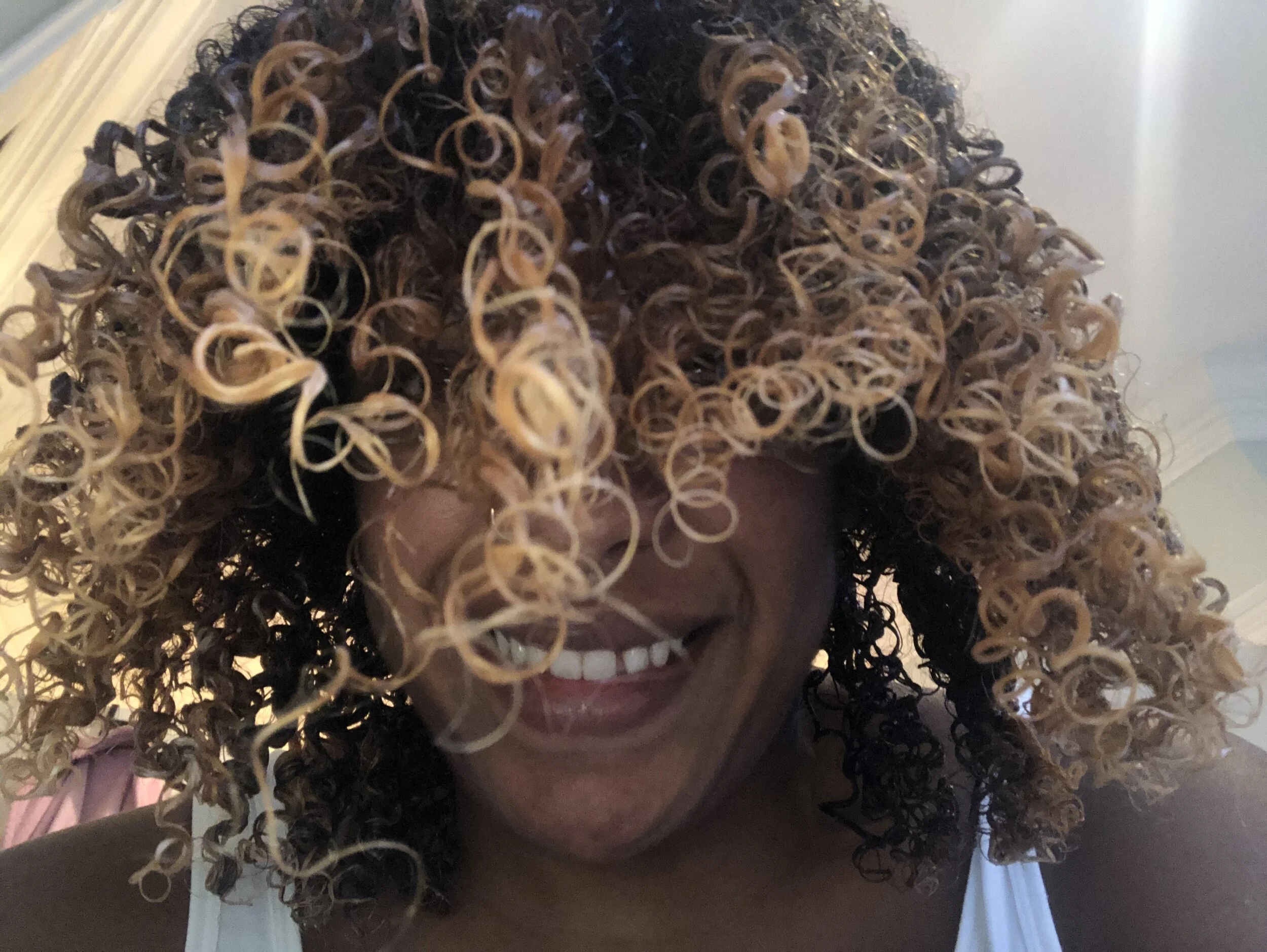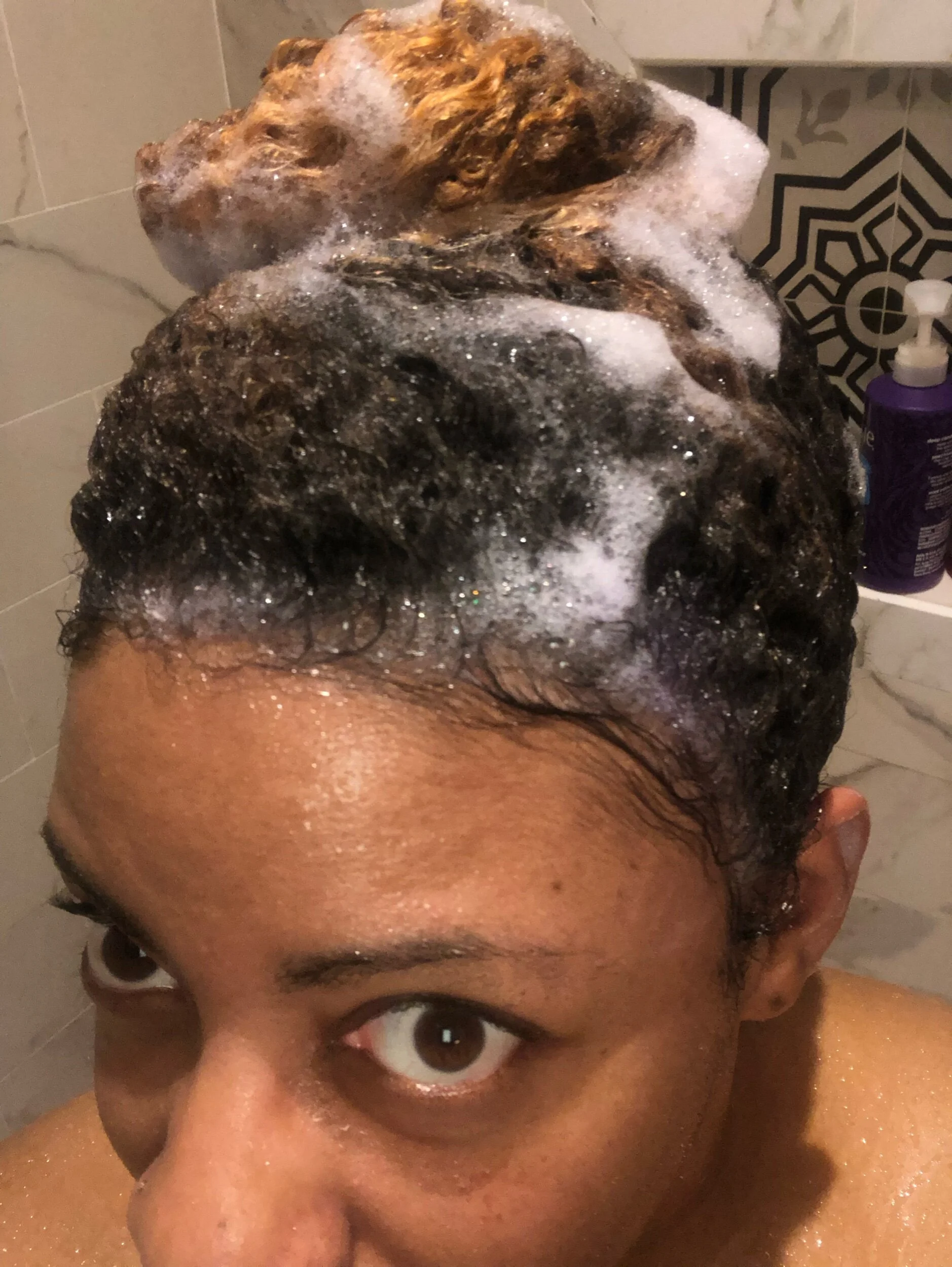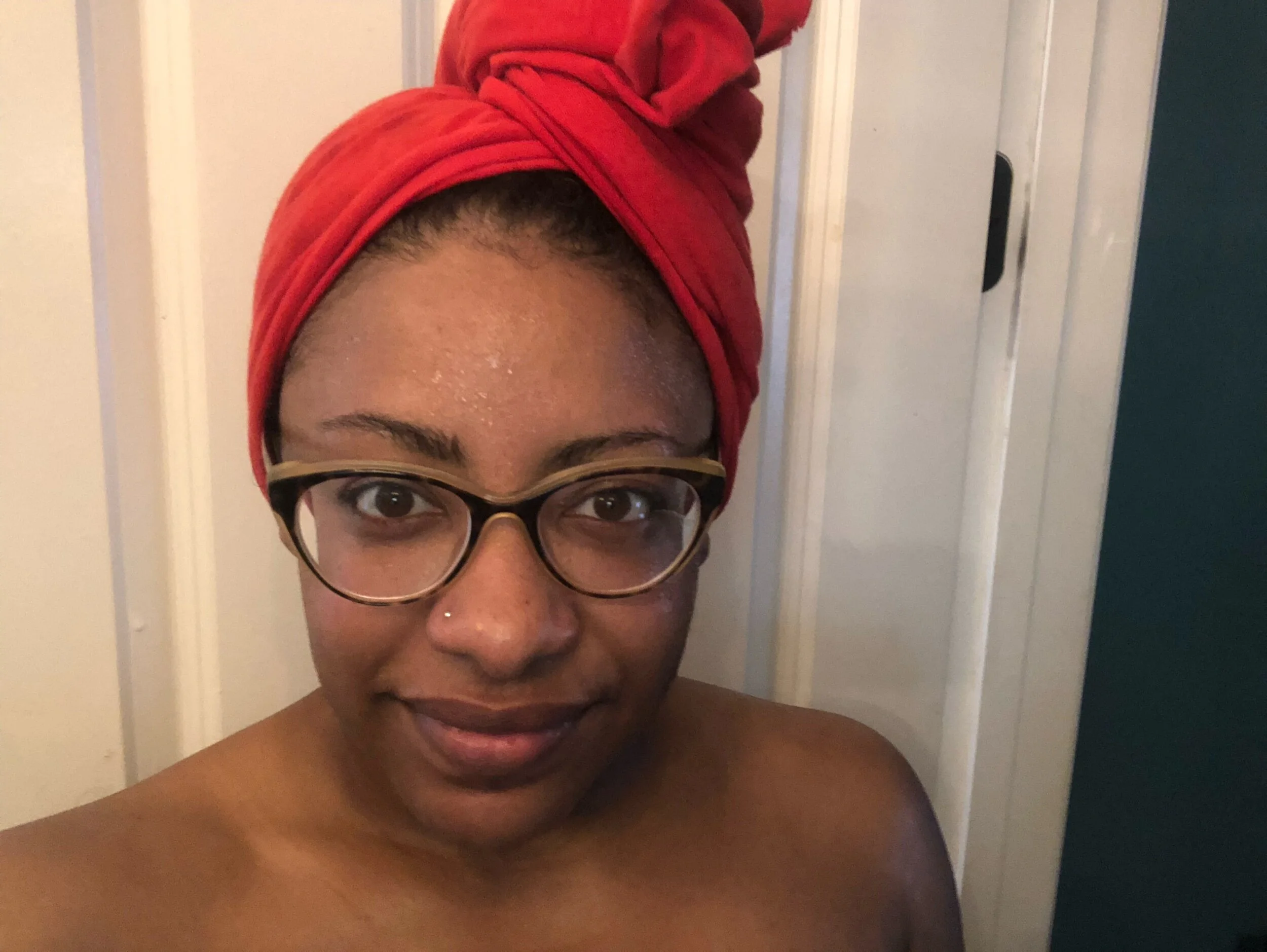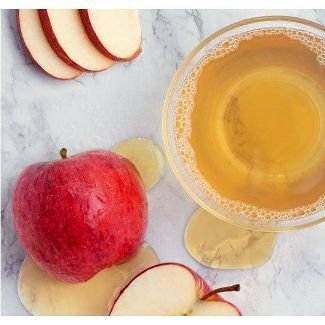Building Your Hair Care Regimen in 6 Simple Steps
So, you’ve decided to start your natural hair journey, or you are already on your natural hair journey but haven’t quite figured out what you should be doing. There is so much information out there that it is hard to know where to start. There seems to be countless products, tools, and techniques for taking care of your hair that it is hard to know where to begin. It is so easy to become overwhelmed that it can make you want to give up on your natural hair.
When I decided to go natural 9 years ago, there was a lot less information and definitely fewer natural hair products available in brick and mortar stores. I think this actually made building my regimen a little easier because there was not as much to choose from. A hair care regimen is simply your hair care routine, and how often you perform certain tasks, not the products you use.
One of the most important things to remember is that everyone’s hair regimen is going to be unique to them and how their hair responds. And even with each person, the hair care regimen will be different at different times, depending on many factors like: hair health, hair length, temperature outside, humidity, or even changes in hormones. The best advice I can offer anyone that wants to know where to start is develop a simple hair care regimen and build from there while also staying flexible.
The Basics:
Cleansing: (1-2x per week- 1-2x per month)
Your hair and scalp need to be clean in order to grow. The frequency of how often you do this will depend on several factors. If you exercise regularly you will want more frequent cleansing, if your hair is in a stretched or straightened style you will cleanse less frequently.
What does cleansing involve? There are multiple ways to cleanse your hair: shampoo, conditioner, clay, apple cider vinegar etc.
If you plan to use shampoo for your hair, understand that shampoo can have drying effects on your hair due to sulfates. Try and find products that are sulfate free to combat the dryness of shampoo. Also, make sure to deep condition every time you shampoo.
Another option is to co-wash or use a conditioner only to wash your hair. Many naturalistas go for these options in an attempt to be gentler to their hair by not using shampoo. If you choose to go this route you may need to use lighter products to avoid build up and definitely steer clear of products that contain silicones.
*Many people with natural hair opt to do some combination of these two methods. In my own regimen, I co-wash once per week and shampoo once per week.
Conditioning: (1x-2x per week)
There are three main categories of conditioners that you will use in your hair care regimen: rinse-out conditioner, leave-in conditioner, and deep conditioner.
Rinse-out conditioner is the conditioner you typically use when co-washing your hair unless you have purchased a product specifically designed for that. It makes your hair easy to detangle and hydrates your hair. Once you are done using this product you will rinse it out and move on to the next step in your wash day. (each wash/co-wash day or when detangling)
Leave-in conditioner is a product to be used after cleansing and deep conditioning your hair to help replenish and maintain the moisture in your hair. You will apply this to your hair before adding other styling products or oils. You will want to use a leave-in conditioner every time you wash or co-wash your hair and possibly during the week to re-moisturize dry ends.
Sealing- (1x-2x per week)
Sealing is an important part of your hair care regimen because it locks in the moisture you just added with your leave-in conditioner. Everytime you moisturize your hair you should be using a sealer. Sealers are typically natural oils or butters or combinations of both, such as olive oil, coconut oil, shea butter, jamaican black castor oil etc... Some of these are thicker than others so you will need to try out a few to decide which one works best with your tresses.
*Some of my go-to oils/butters are coconut oil, olive oil, and shea butter.
Detangling- (on washday)
Deatanging is an important step to prevent matting, dryness and breakage. i cannot stress this enough PLEASE BE GENTLE when detangling your hair. Being too rough on your hair will cause unnecessary snapping and breaking of your strands. You can detangle your hair using your fingers, a detangling brush (like a denman style brush), or a wide tooth comb. No matter which tool you decide to use, you will need to ensure that your hair is not bone dry when you detangle. You can add oil, conditioner, water, or use a premixed detangling spray to help add some slip so that your detangling tool can slide through more easily.
Styling- (varies)
This is the fun part! Use your imagination (and a few video tutorials). Don’t be afraid to experiment with different styles. There is no real schedule for how often to style your hair. Just know that the less you style your hair, the less wear and tear that you put on your strands.
Protecting- (daily)
Protecting your hair is a nightly process, but also one of the easiest things you can do. There are many options. One way is pineappling your hair at night to protect your style. All you do is pull your hair into a high loose ponytail. Once you have done that (if your hair is long enough) you will want to keep your hair away from rough fibers by wearing a silk scarf or bonnet, or sleeping on a satin pillowcase.
Trimming- (varies)
Trimming is another one of those areas where you have to figure out what works for you. it is better not to set a schedule for hair trimming (like once every 3 months) as you may end up cutting your hair unnecessarily and stunting your length gains. Rather, determine when to trim your ends based on when your hair becomes harder to detangle when you notice several single strand knots, or if you notice split ends.
Extras:
Treatments-
Protein treatments are a good way to improve the health and strength of your hair. you can do these anywhere from 1x-2x per month to a few times per year. I can definitely notice a difference in my hair when I do these treatments. Henna treatments are another way to strengthen your hair but should be used with caution, if you plan to color your hair as it interacts with chemical hair dye.
Prepoo-
Sometimes shampooing can be taxing to your hair. Doing a pre-shampoo treatment can help by providing a protective layer to your strands to combat the stripping effect of shampoo. “Prepooing” also helps to make detangling easier. Since you prepoo prior to shampoo, your shampoo frequency will determine your prepoo frequency. This is a pretty simple step. You can apply conditioner or oils or a combination of both to hair and let it sit for 15-30 minutes. You can then detangle right then or go ahead and shampoo right over this mix. You can purchase already made prepoo products. There are also some more creative ways to prepoo hair involving honey, eggs, mayo, and other edible ingredients. I have to admit, I get lazy sometimes and skip this step, but do love the results when I commit to this step.
Things to remember:
Give your regimen long enough to work before you start making changes. 1-2 months is a good amount of time to determine if the regimen is working for you. (The same goes for products that you try, but we will talk about choosing products in another post).
If you decide to make changes to your regimen, start with changing the order or frequency you are using your products v. changing up your products. Sometimes these simple tweaks can make a huge difference.
Some trial and error is involved in creating a good hair care regimen; it will take a little while to find the one that works for you. Don’t give up.
Don’t forget to BE FLEXIBLE. Your regimen is going to change. Don’t keep doing something that is no longer working just because it is what you have always done. Sometimes a product that you have been using for a while no longer gives you the same results. Switch it up for a while, and come back to it in a few months.
Your regimen should be easily adaptable based on the changing needs of your hair.
When your hair is shorter you are more likely to style and cleanse your tresses more frequently for a few reasons: 1) its super quick to style and 2) since your hair is not long enough to put in a pineapple or protective style, it may be hard to maintain styles for as long as your longer hair counterparts.
A good and consistent hair care regimen helps you to develop better habits that will become like second nature and have your hair curls poppin’ and improve the health of your hair over time.
You May Also Like:






